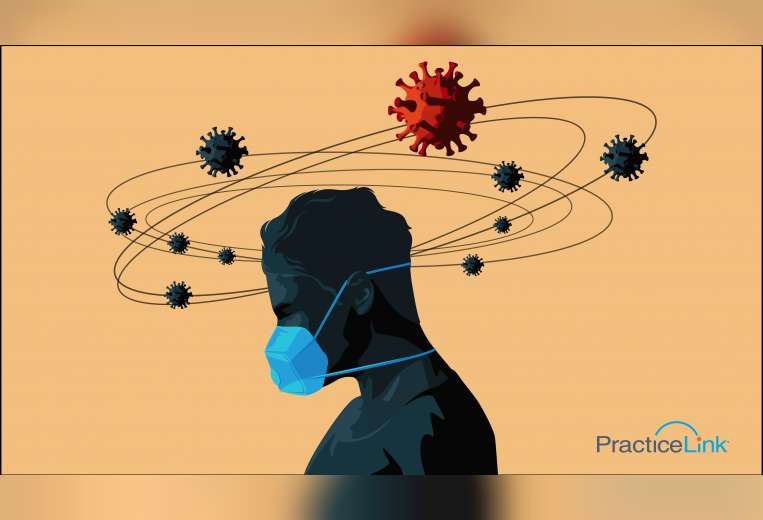Forecasting physician burnout in 2021
 Posted by Megan Trippi
Posted by Megan Trippi

Prior to 2020, the health care industry saw large amounts of burnout in physicians and providers. Then, the country and the community faced a global pandemic. This caused frontline health care workers to work extended hours, feel additional stress and risk contracting the virus themselves.
According to a 2020 Medscape Survey, nearly two-thirds of physicians reported increased levels of burnout. The same poll showed 62% of United States physicians saw a decrease in pay up to 50%, and 46% of physicians said they felt lonelier than before due to social distancing and stay-at-home orders.
While burnout continued to worsen during the pandemic, there are some positive shifts to be expected in 2021. This does not mean it will miraculously go away. Being a health care provider is a stressful job, so there will still be long hours, exhausting responsibilities and taxing moments. However, with the COVID-19 vaccine in circulation, patient and specialty focus outside of COVID care will start to be more prevalent.
COVID vaccination
Many providers in the United States have already received their second round of vaccinations. Being vaccinated allows them to care for their patients and treat others with less of the risk and stress of exposure to the virus.
With successful vaccine rollout, there will be fewer COVID patients in need of care, which will move focus from COVID-positive patients to those with health needs or requiring basic specialty care.
Manageable hours
A vaccine means fewer people needing treatment for COVID or being hospitalized and should allow for more providers to go back to their regular shifts. Fewer hours - or at least fewer extended hours and exhausting shifts - means more time with family or for themselves. Long hours and feeling overworked can be one of the main causes of burnout, so it will help if they have time to reset and take a break.
Health technology
Since COVID created large amounts of physical and emotional fatigue, developments in programs and technology like better data sharing and remote patient monitoring to help with administrative tasks will be brought to the forefront. Physicians and providers spend a great deal of time on those additional responsibilities, so digital tools and systems will continue to improve and ease the burden of some of the other duties adding to their stress.
Telemedicine will also remain in demand, which can improve patient engagement and satisfaction, expand access to health care, reduce the rate of no-show appointments and increase efficiency.
Physician and provider burnout will remain a concern in 2021; it will most likely still be higher than it was two years ago and even at the beginning of 2020. However, with advances in health care technology to aid with certain tasks and the COVID vaccination decreasing demand on physicians, burnout should begin to decline throughout the year.

